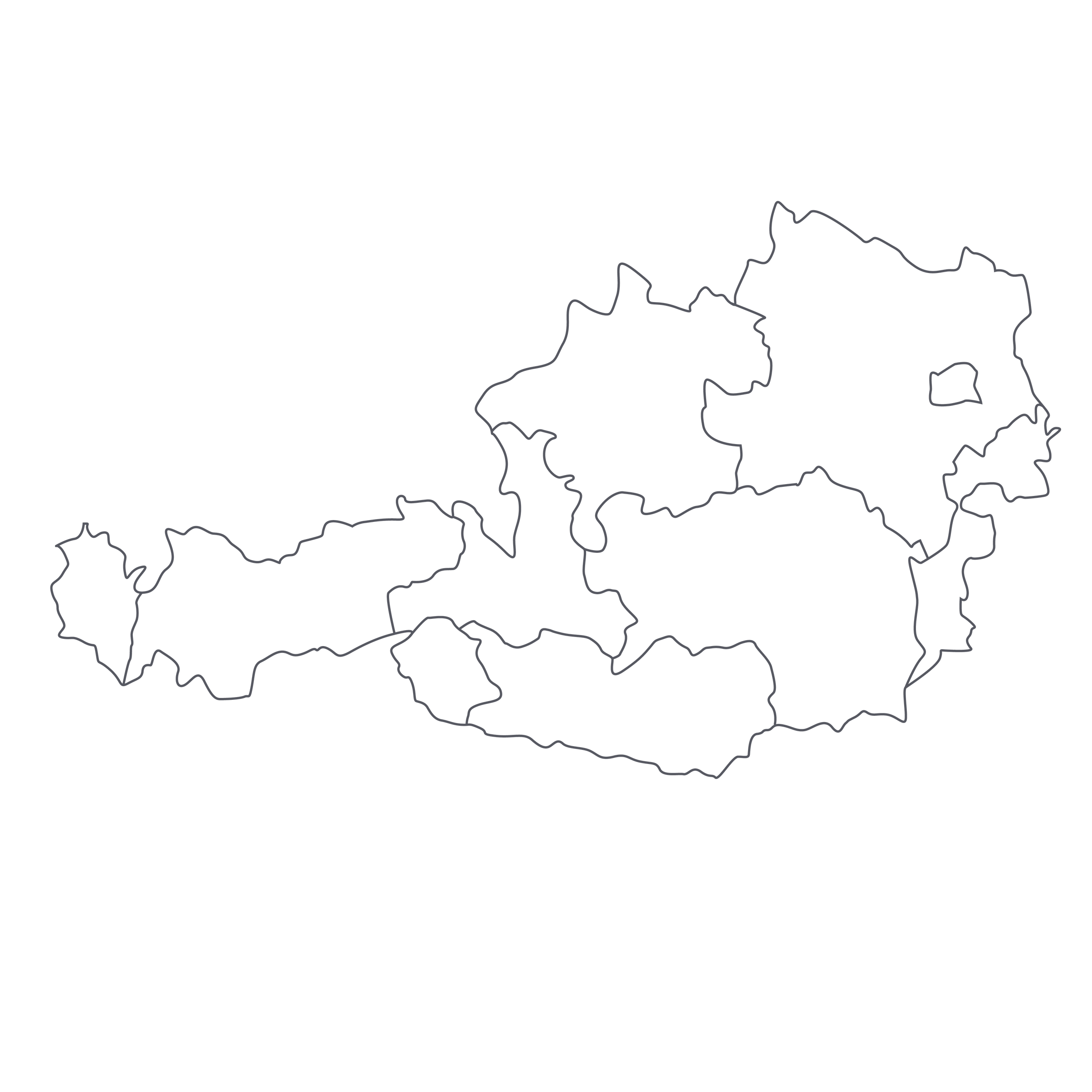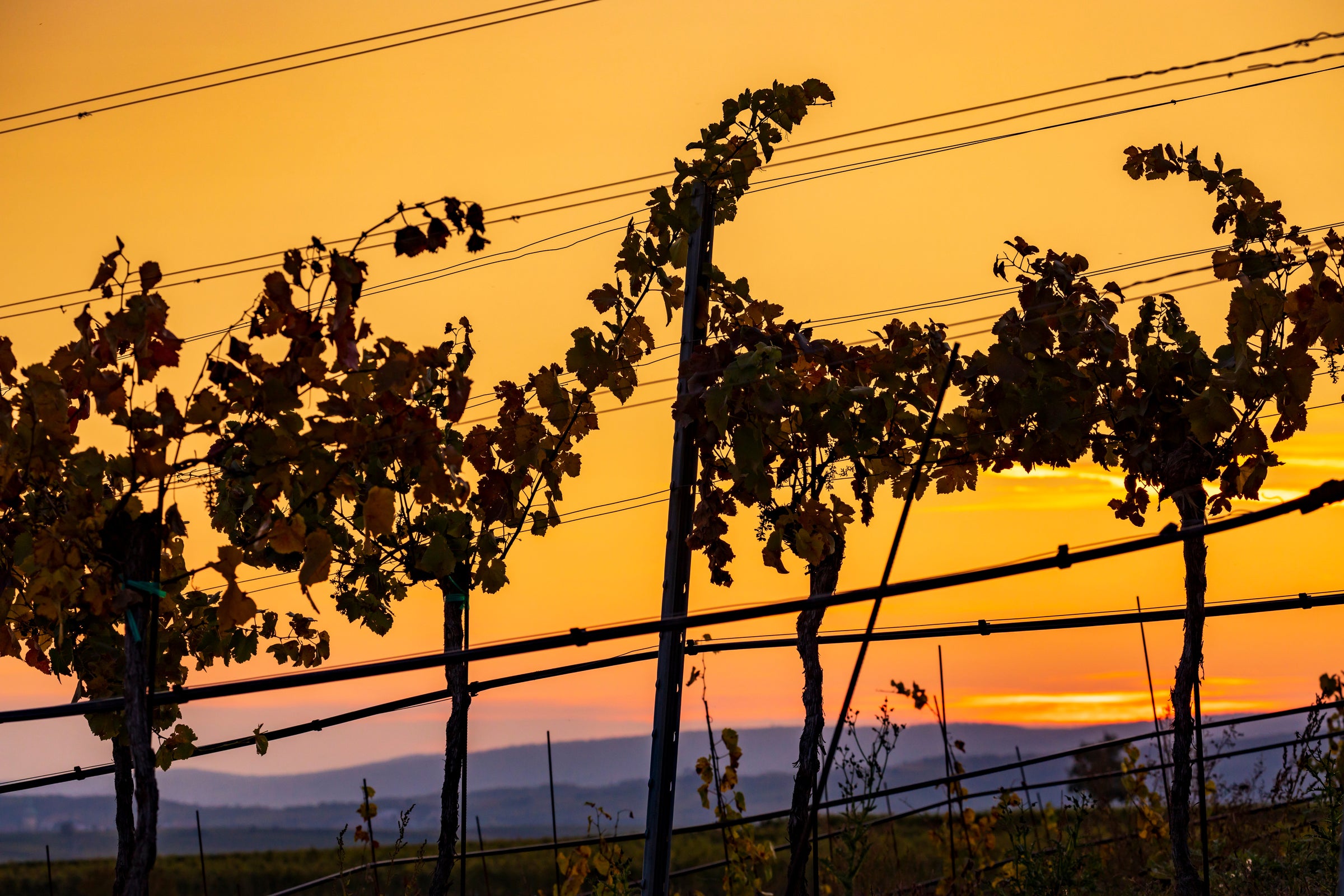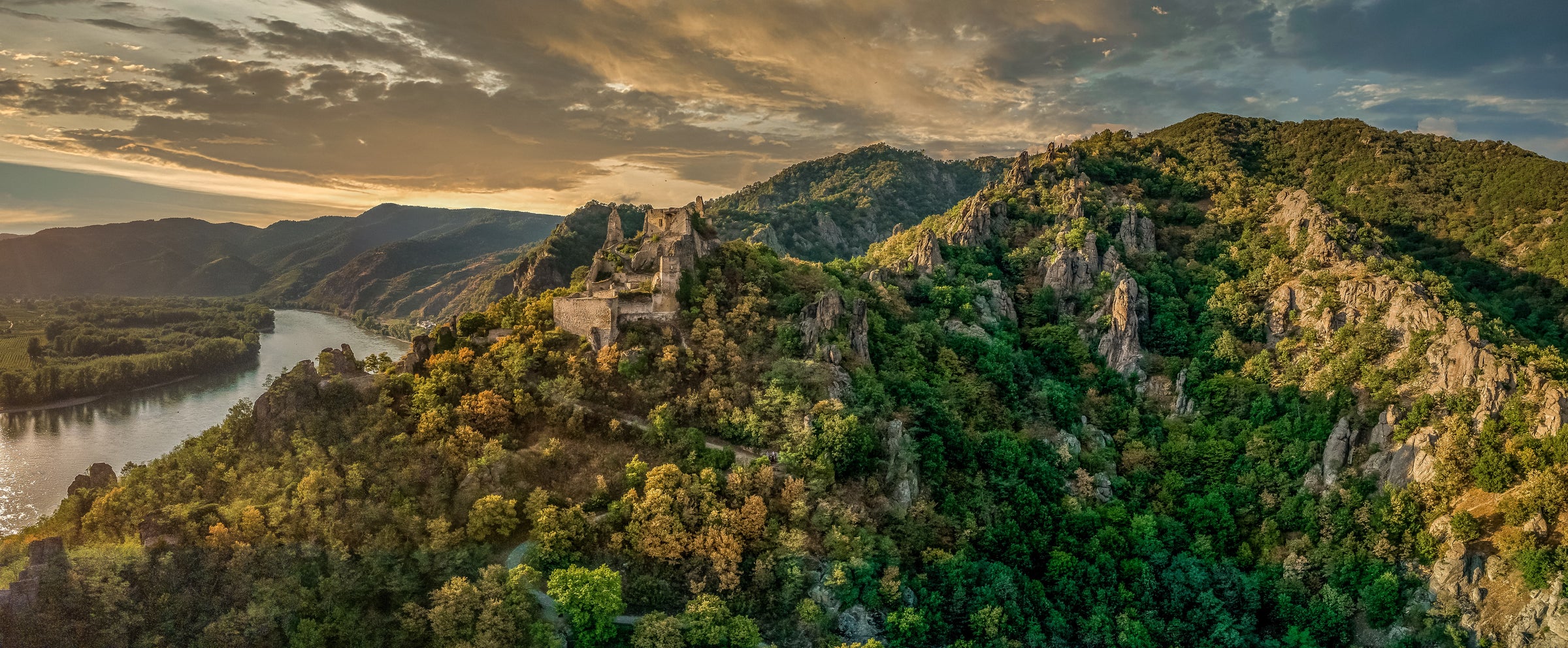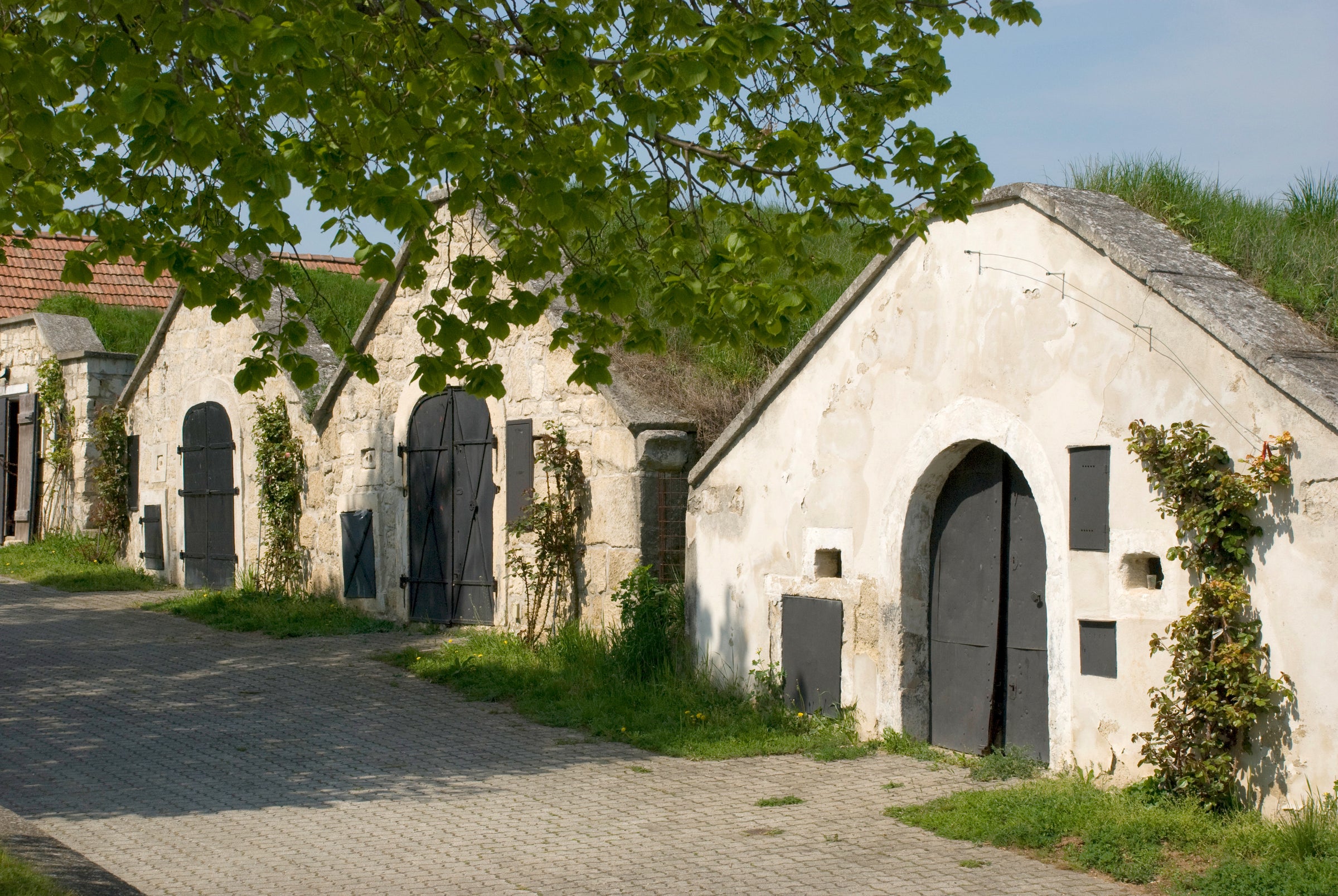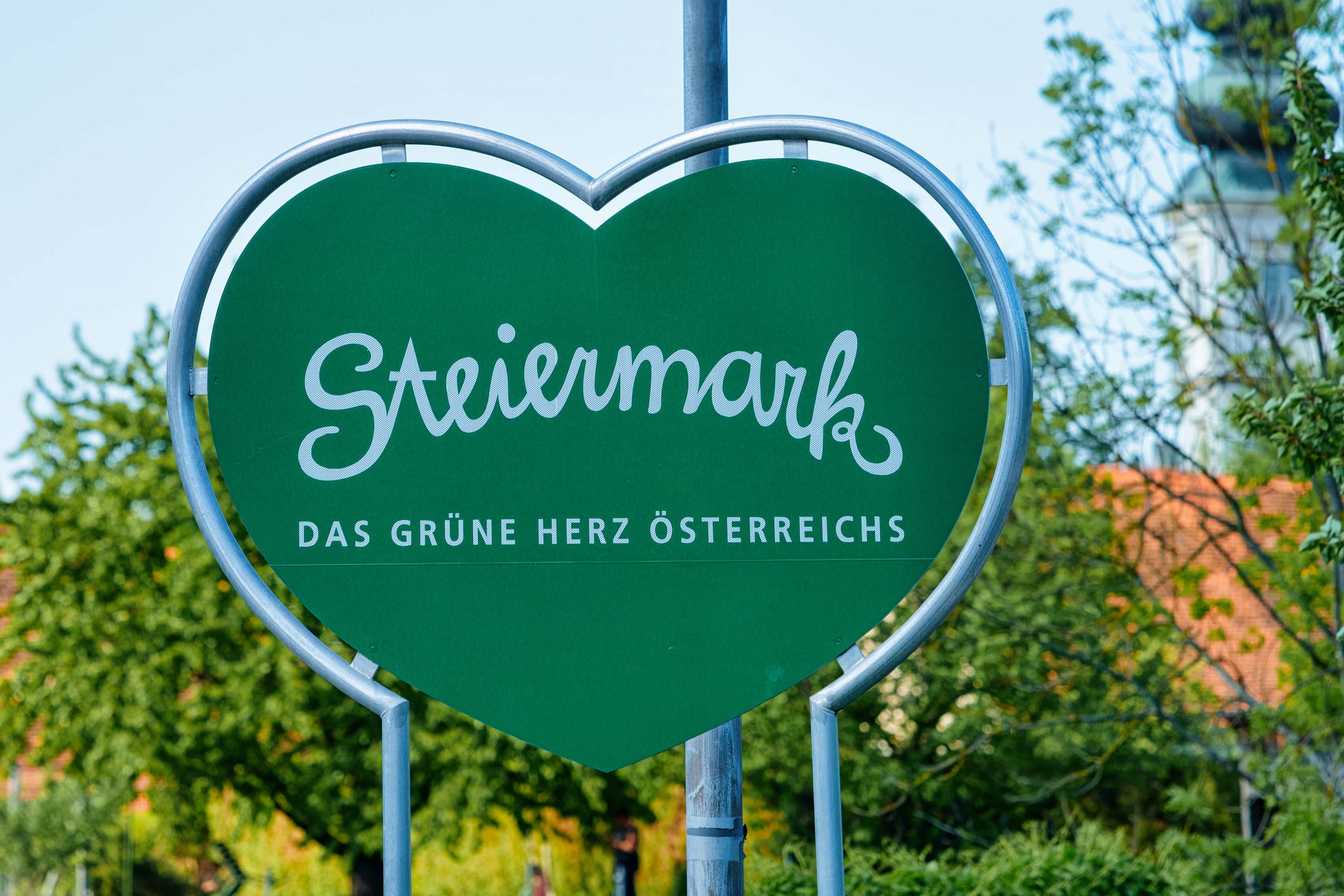In a world as polarizing as wine, there seems to be unanimity when it comes to the consistent brilliance and soaring renown of Bründlmayer. Jancis Robinson refers to Bründlmayer as a “beacon for Austrian Wine” and
Gault & Millau recently gave longtime winemaker Willi Bründlmayer a Lifetime Achievement Award for the global recognition he’s brought his region’s wines. Though the list of accolades for Bründlmayer goes on and on, I’ll end it here by saying it is one of my favorite wine producers in the world, and today’s mineral-loaded, bone-dry Riesling hails from their very best vineyard.
It’s also the site where one of my all-time greatest wine experiences occurred: Years ago, with my good friend Vincent—the son of Willi—we opened a 1985 “
Zöbinger Heiligenstein” while sitting in a rusty two-seater pickup truck wedged between two rows of that very vineyard. The breathtaking complexity and mineral precision packed into that wine still resonates clearly to this day. Now every time I find myself in Austria, I make it a point to visit him, and whenever I have the opportunity to offer their wines on SommSelect, I pounce. Still, this is the first time I’ve ever been able to wrap my hands around enough bottles of “Zöbinger Heiligenstein,” so act quick and take what you can. This 2016 is gorgeous today, but just like the’ ‘85, it has a long and compelling future ahead of it.
Bründlmayer’s extensive land holdings in the Kamptal region include some of the best vineyards around the towns of Langenlois and Zöbing. Most of these mature vineyards (a large proportion of vines are more than 50 years old) are planted on terraced, sun-soaked gradients—but the family’s favorite (and unarguably the best) holdings lie in the heart of “Heiligenstein.” This special site is a certified Erste Lage, which essentially makes it one of the best Riesling vineyards in Austria (Lamm is another vineyard that is high on my list). Bründlmayer owns 12 hectares right in the heart of this sprawling hillside vineyard that is brimming with ancient sandstone formed 250-300 million years ago. It’s also warm here too: Back in the 1200s, the Zwettl Abbey called it “Hellenstein” because the “sun burns like hell.”
Today’s bottle comes from the estate’s younger vines (they bottle a more-expensive, old-vine Heilgenstein that is insanely delicious) ranging from 15-35 years old. Bründlmayer is an enormous advocate for sustainable farming and works rigorously to maintain healthy vineyards through natural solutions. He practices organics by using natural fertilizers, avoiding herbicides, and planting cover crops in between vineyard rows. Upon harvest, the grapes are typically picked in several tries, or passes, to ensure optimal ripeness. In the winery, the grapes undergo a cool, all-natural fermentation in stainless steel tanks. A brief maturation then occurs in these tanks (on the lees), as well as large Austrian oak casks. Bottling took place in August of 2017.
If this is your first experience with “Zöbinger Heiligenstein,” get ready for an explosive symphony of mineral power, exotic citrus, and flowers. Bründlmayer’s 2016 is a first-place candidate right out of the gates, revealing lime zest, citrus blossoms, ripe yellow and green apples, acacia, honeysuckle, green mango, white peach, lees, and salted lemon. Yet, with an hour in a decanter, it opens up with a massive embrace and pulls you in with layers of intense herbal spice, rich extract, and crushed mineral savor. For Riesling, the palate is nearing medium-plus bodied and flaunts powerful laser-sharp concentration that leads into a mouthwatering, minutes-long finish. Word to the wise: It has a long life to fulfill—decades, if cellared properly—so don’t inhale all your bottles in one go! By now, you’re likely well-aware of Riesling’s perfect affinity for Asian flavors and preparations, so do yourself a favor and prepare a steamed whole fish, Thai-style. The following recipe will walk you through the details. Enjoy!


